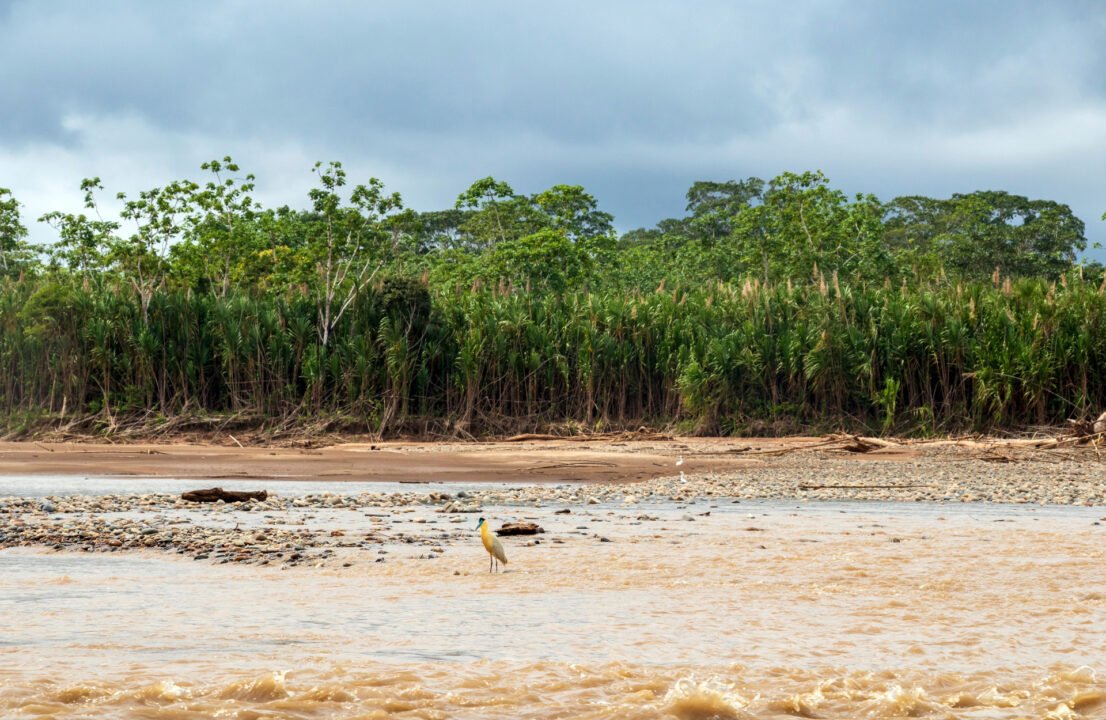¡Hola! Madre de Dios, located in southeastern Peru, has a rich and diverse history dating back to pre-Incan times.
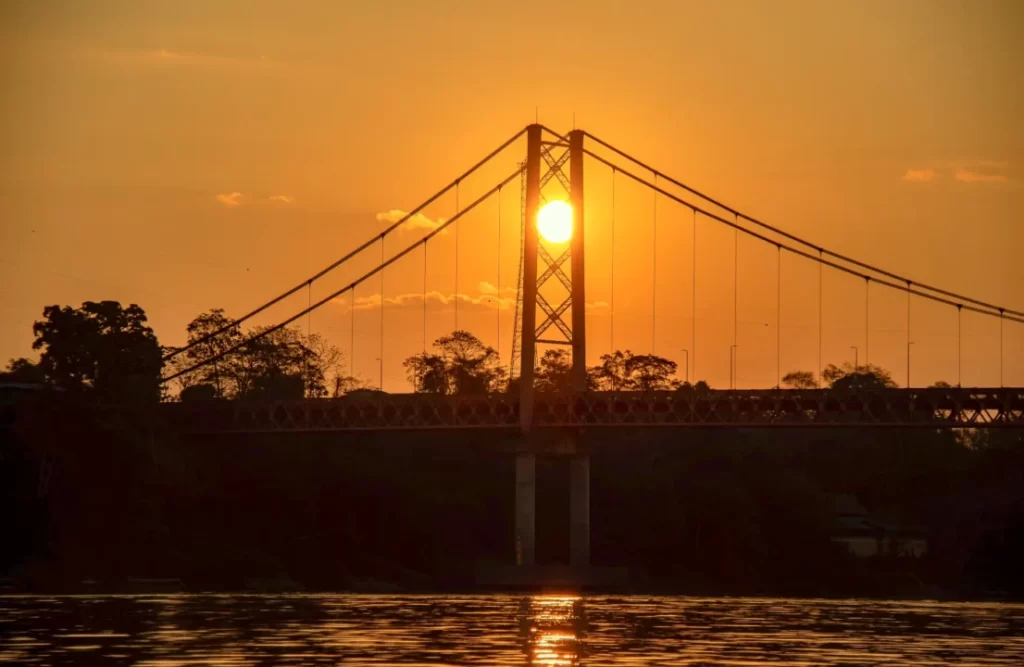
1. Madre de Dios’s Originary Communities
The region was once home to various indigenous groups, including the Ashaninka, Shipibo, and several other communities.
For a better reference, let us list some of the most important communities in this region of the country:
a. Ashaninka: The Ashaninka are the largest indigenous group in the Madre de Dios region, with a population of around 60,000 people. They live in the eastern part of the region, in the territories of the Amarakaeri Reserve and Alto Tamaya-Huachipaire’s Reserve. The Ashaninka are skilled hunters, gatherers and experts with the resources of the forest.
b. Shipibo: The Shipibo are another important indigenous group in the Madre de Dios region, with a population of around 20,000 people. They live in the central part of the region, primarily in the territories of the Shipibo-Conibo Reserve and the San Francisco River Reserve. The Shipibo distinguish themselves for their expertise in textiles and their vibrant, colorful clothing.
c. Amahuaca: The Amahuaca are a small indigenous group that lives in the western part of the Madre de Dios region, primarily in the territories of the Amahuaca Reserve. They are good in hunting and gathering, their unique language and culture also makes them stand out.
d. Matsigenka: The Matsigenka are an indigenous group that lives in the northwestern part of the Madre de Dios region, primarily in the territories of the Matsigenka Reserve. Particularly, we arrange tours to visit this community at Peru Jungle Trips .
e. Yine: The Yine are an indigenous group that lives in the northeastern part of the Madre de Dios region, primarily in the Yine Reserve.
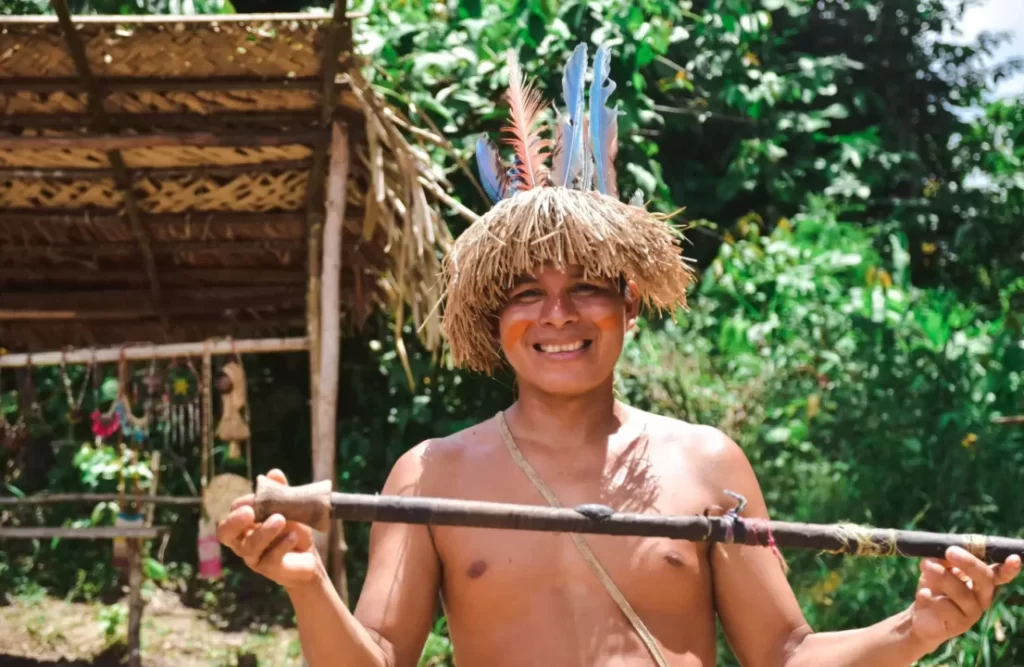
2. Largely Exploited Region / Complicated Past
In the 16th century, Spanish conquistadors arrived partially in the region, seeking to exploit the area’s natural resources, mainly precious metals and timber.
This led to the displacement and marginalization of the indigenous populations, and the introduction of diseases and forced labor. After that, during the 19th and 20th centuries, Madre de Dios experienced economic and population growth due to its resources’.
However, this growth was often accompanied by environmental degradation, deforestation, and human rights abuses.
Overall, Madre de Dios’s history reflects the complex and often challenging relationship between human societies and the natural environment.
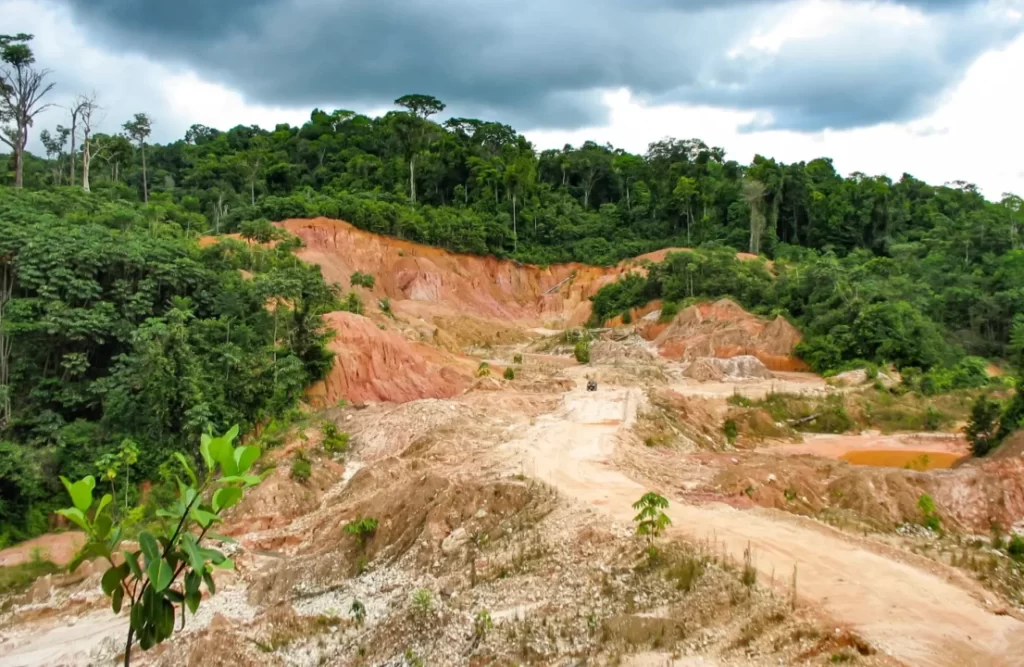
3. Committed Sustainable Tourism
Firstly, ecotourism in the region is focused on sustainable tourism practices. Said approach has helped to promote responsible tourism in the region and to protect the natural environment.
In the 1970s and 1980s, conservation efforts began in Madre de Dios, with the establishment of protected areas such as the Tambopata National Reserve and the Bahuaja-Sonene National Park. Therefore, these protected areas exist to protect the region’s biodiversity and to promote sustainable development.
Subsequently, Madre de Dios has become known for its eco-tourism and sustainable development initiatives.
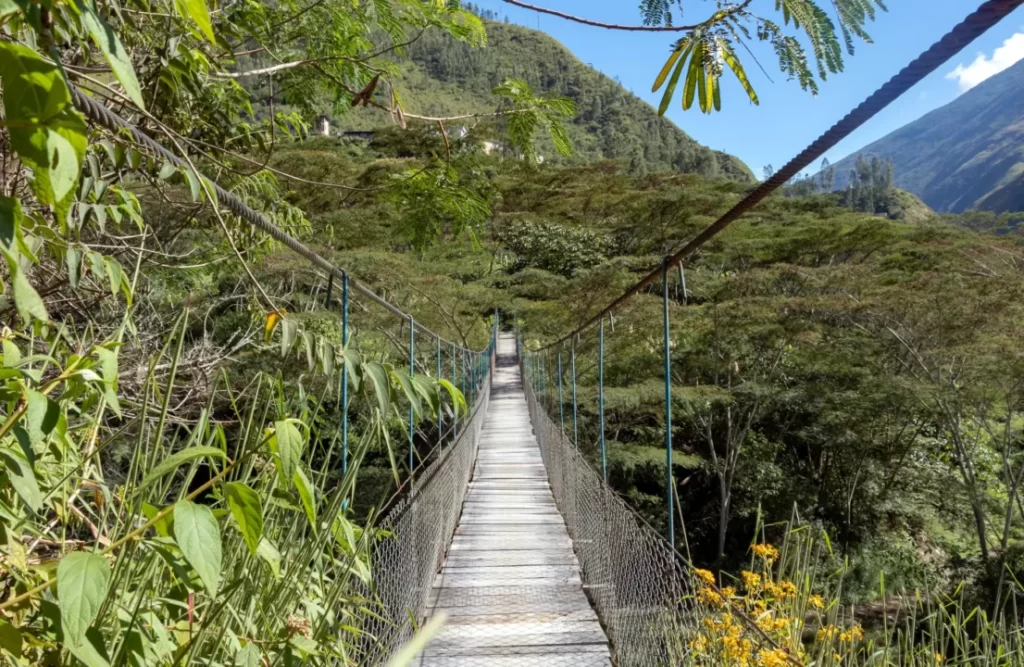
4. There is Amazon for Everybody!
The region harbors numerous protected areas, including Tambopata’s National Reserve, the Madre de Dios River and the Manu National Park, considered one of the most biodiverse places on Earth.
Tambopata and Manu National Parks are two renowned protected areas in Peru’s Amazon rainforest.
While both parks offer an unforgettable experience, there are some key differences to consider when deciding which one to visit.
Firstly, in terms of location, Tambopata is situated in the southern Amazonas region of Peru, near the city of Puerto Maldonado, whereas Manu National Park is also located in the Cusco region, near the town of Cusco.
Secondly, in terms of size, Manu National Park is significantly larger than Tambopata, covering an area of over 1.5 million hectares compared to Tambopata’s 275,000 hectares.
Thirdly, when it comes to biodiversity, both parks are incredible for their variety of flora and fauna, but Manu National Park is considered one of the most bio-diverse places on the planet, with over 200 species of mammals, 1,000 species of birds, and 20,000 species of plants. In contrast, Tambopata has a more limited range of species.
Fourthly, in terms of accessibility, Tambopata is generally easier to reach, with daily flights and buses available from Puerto Maldonado, while Manu National Park is more remote and requires a multi-day hike or horseback ride to reach the park’s interior.
Lastly, the activities available in each park also differ. Tambopata offers a range of activities such as hiking, birdwatching, and wildlife viewing, while Manu National Park offers challenging treks and opportunities for adventure, such as rafting and kayaking.
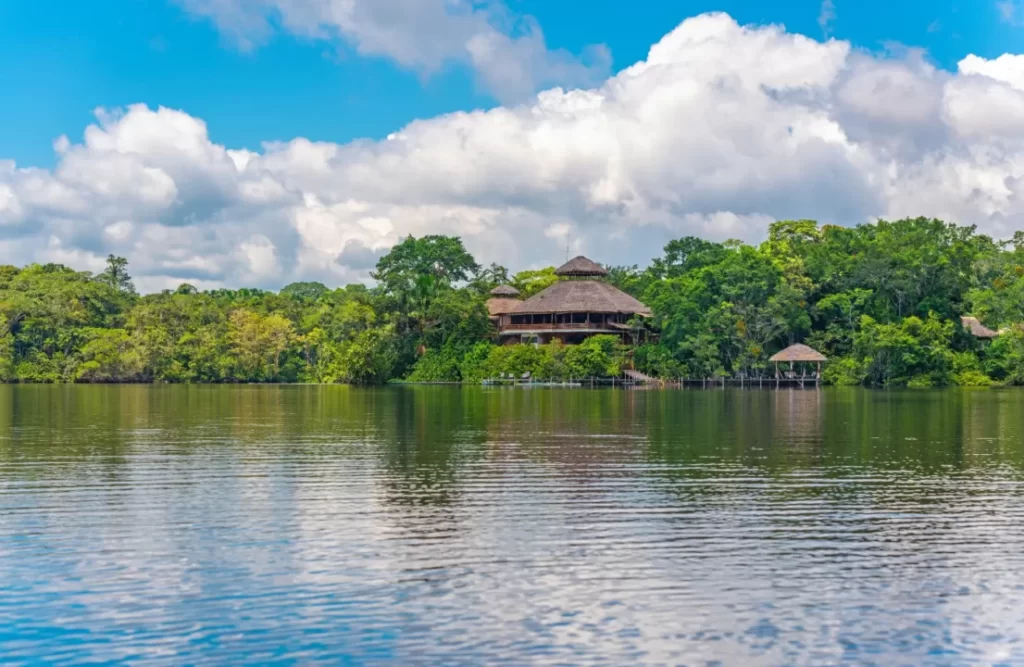
5. Unparalleled Biodiversity
Some of the most notable biodiversity in Madre de Dios are in the region’s rainforests, covering 90% of the region. These rainforests are home to an incredible array of plant and animal species, including:
- Over 1,200 bird species, including macaws, parrots, and toucans
- Over 200 mammal species, including jaguars, monkeys, and tapirs
- Over 1,000 species of butterflies and moths
- Over 10,000 species of flowering plants, including orchids, bromeliads, and heliconia
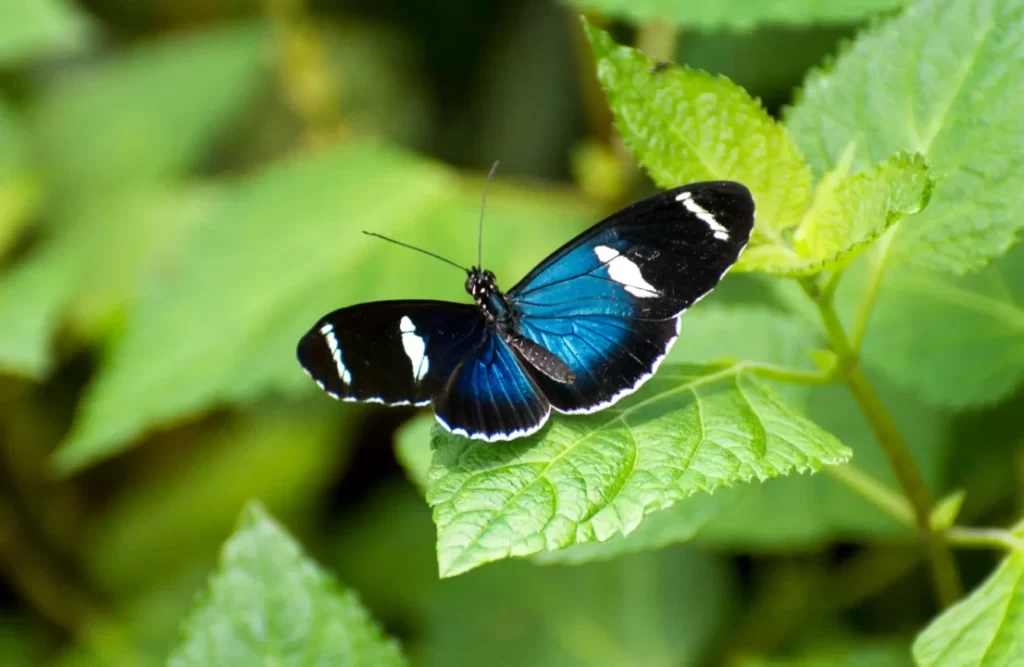
6. Jungle’s Traditional Cuisine
The traditional cuisine of the region is a reflection of its diverse history and the blending of cultures, with influences from indigenous communities, Spanish colonizers, and African slaves.
The cuisine of Madre de Dios is a fusion of flavors and techniques passed down through generations, and it is an essential part of the region’s identity
The traditional cuisine of Madre de Dios is characterized by the use of local ingredients, such as rice, beans, corn, and a variety of root vegetables. These ingredients combine with all types of meats: beef, chicken, fish, etc.
The region excels for its use of exotic spices and herbs, such as cumin, coriander, and chili peppers, which add depth and heat to its dishes.
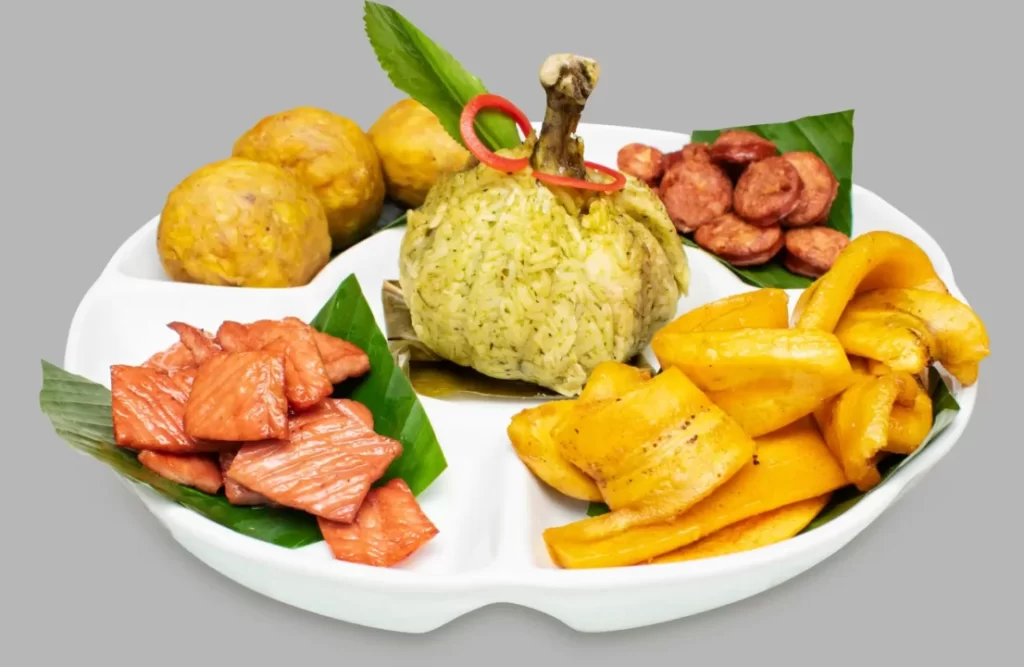
7. Community-Based Tourism
One of the key aspects of ecotourism in Madre de Dios is community-based tourism, involving local communities in the planning, management, and operation of tourism activities.
By participating in community-based tourism, you can help preserve the region’s unique culture and natural beauty while also contributing to the local economy. Additionally, community-based tourism can provide an authentic and immersive experience for travelers. Subsequently, allowing them to connect with the local community and learn about their customs and traditions.
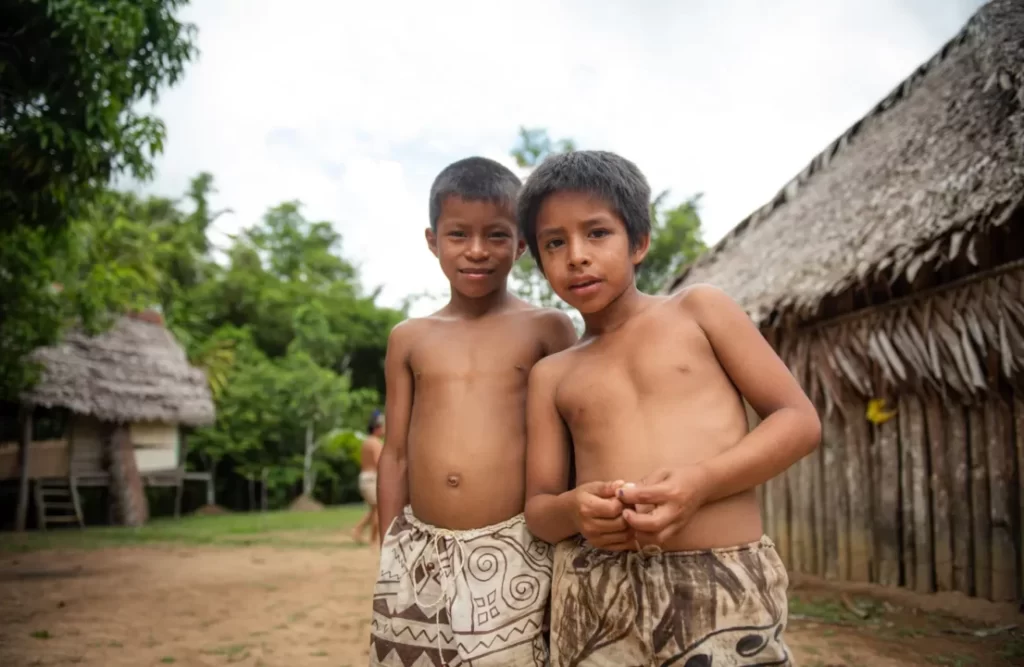
8. Breathtaking and unique Surroundings
One of the most breathtaking landscapes in Madre de Dios is the Amazon rainforest. The Amazon is the world’s largest tropical rainforest, and it is home to an incredible array of wildlife.
Another must-see landscape in Madre de Dios is the Andes mountain range, stretched across the western edge of the region. The Andes offer breathtaking views of the surrounding landscape and are home to several small villages and ancient ruins.
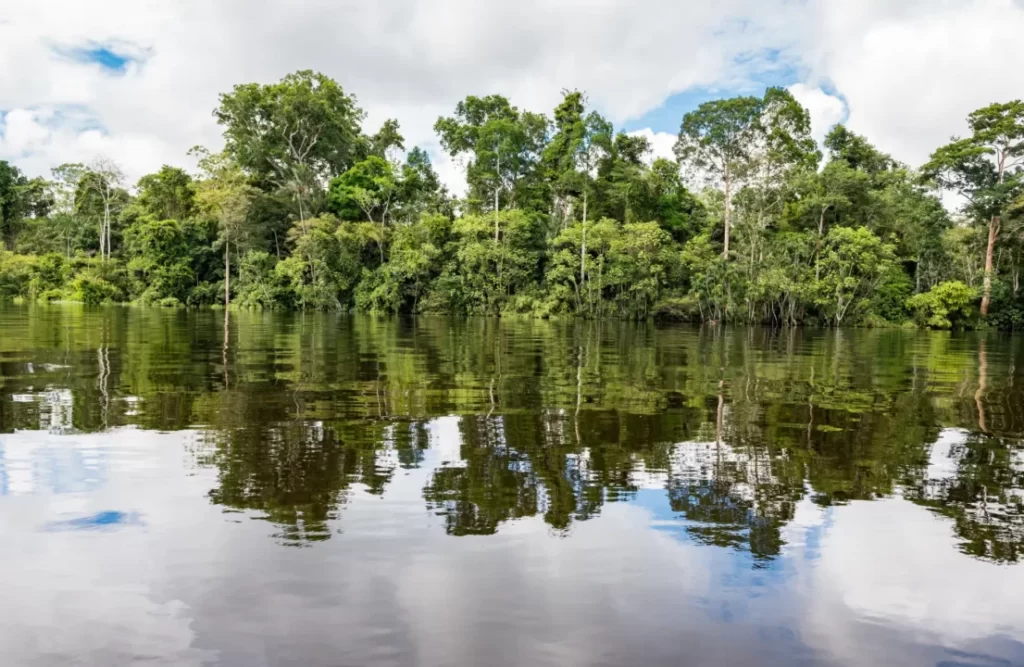
9. Adventure Activities
Madre de Dios offers a range of adventure activities, such as hiking, wildlife spotting, rafting and piranha fishing!
Visitors can explore the rainforest and its many waterways, getting up close and personal with the region’s incredible biodiversity by various ways.
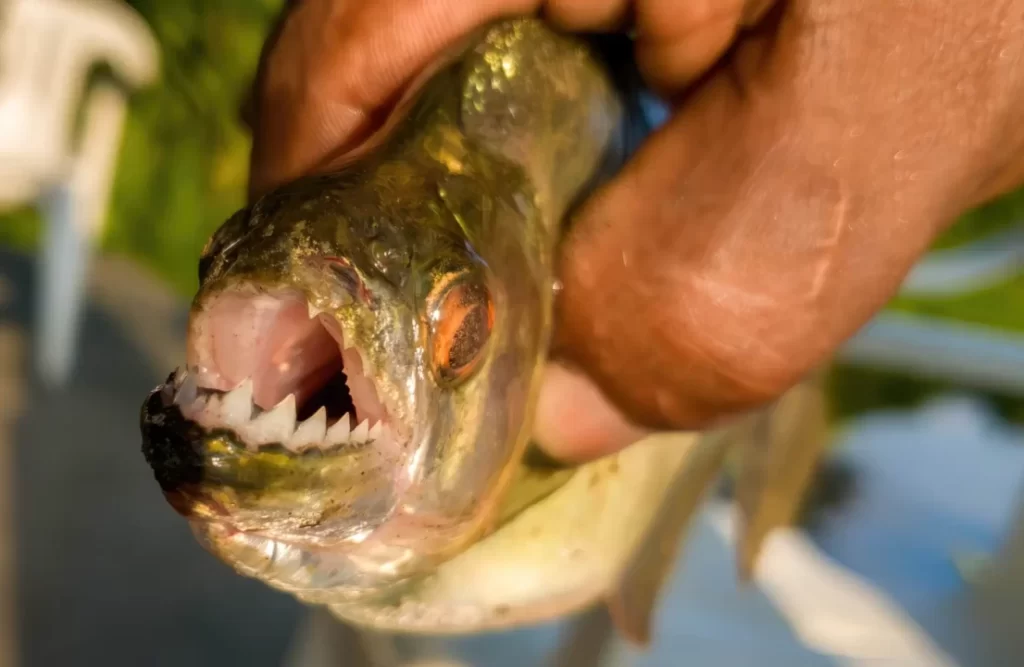
10. Off the Beaten Path
Madre de Dios is an off-the-beaten-path destination, making it an ideal choice for travelers looking for a unique and authentic experience.
Visitors can explore the region’s untouched natural beauty, immerse themselves in the local culture, and enjoy a range of outdoor activities without the crowds and commercialism found in more popular tourist destinations.
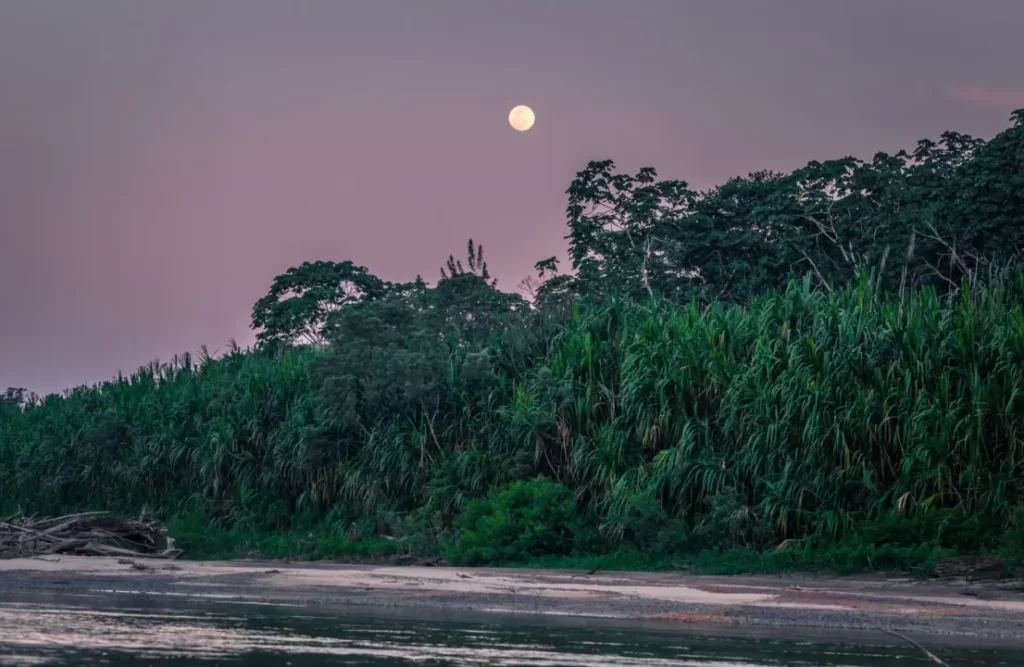
Contact Us if You’re ready for the Adventures!
Feeling ready to visit the Amazon yet? Don’t hesitate and let us know how we may help you to arrange your Amazon Adventure!
Contact Us!
Madre de Dios has many secrets yet to unveil! Join us and delve the Amazon mysteries!

